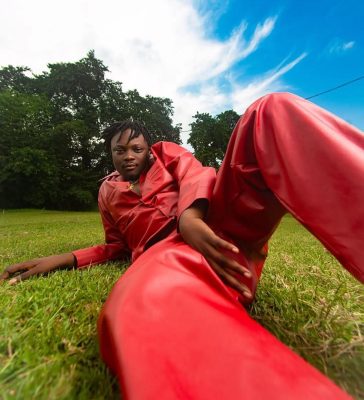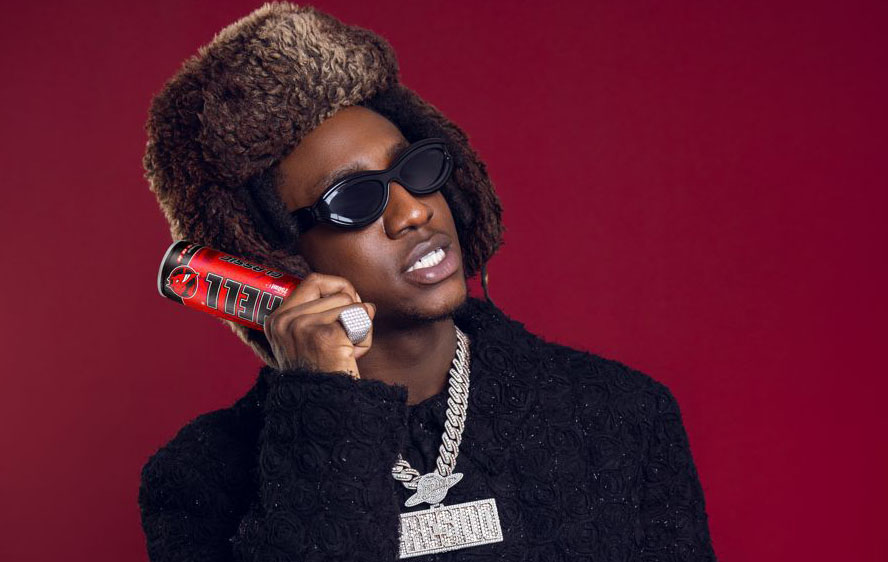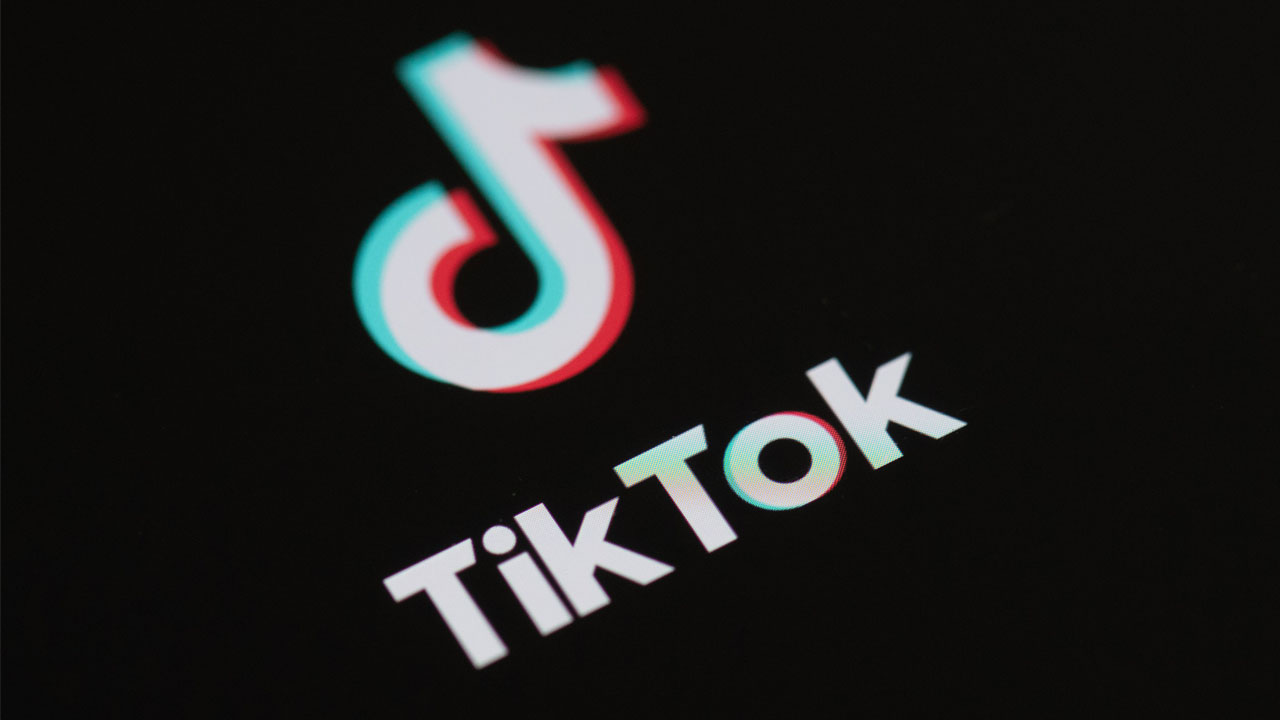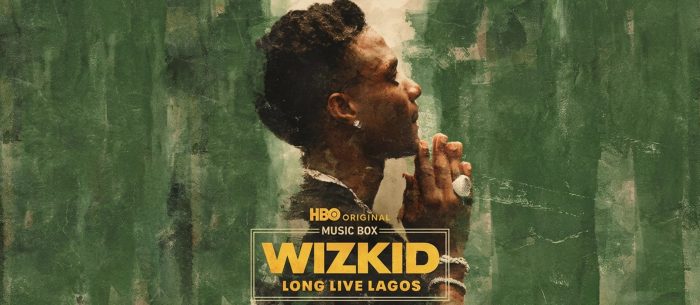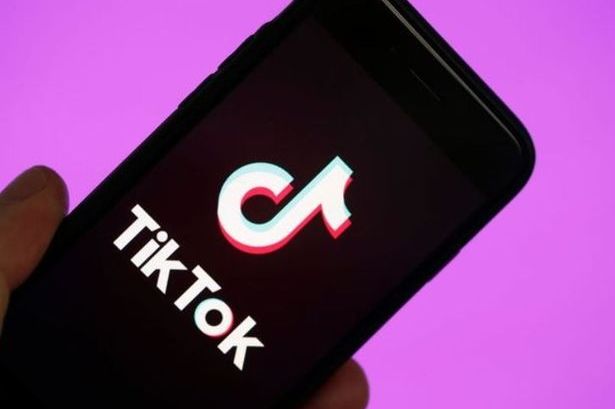Nigerian fashion designer Sandrah Tubobereni, founder of Tubo, has always been outspoken about imitation in the fashion industry. Her old Instagram post from December 2023 resurfaced online yesterday, bringing the discussion back into the spotlight.
In the post, she wrote that designers now “look over their shoulders” before sharing their work because of the fear of being copied. She added that copying is “stealing,” and that tagging a recreated outfit as “inspiration from Tubo” does not make it acceptable. She also mentioned that the popular “What I ordered vs what I got” trend infringes on her intellectual property and gave a clear warning that she would no longer tolerate anyone reproducing her designs for commercial use.

Legally, Tubo isn’t just speaking emotionally, she is operating in a complex but real intellectual property (IP) space. In Nigeria, fashion designers can protect their creative work, but the law has serious gaps. Under the Copyright Act, original works like sketches, textile prints, and illustrations are protected, but once a design is intended for mass production, copyright often doesn’t apply. Designers can also register their designs under the Patents & Designs Act, which safeguards the aesthetic or ornamental features of a design (its “lines, colours, or shape”). However, getting this protection is not easy: the design must be entirely new.
This was not the only time Tubo voiced her frustration. On the Off Air with Gbemi and Toolz podcast, she challenged the popular saying, “Imitation is the highest form of flattery,” insisting that it is not always true. These comments shaped the current conversation: how much originality is possible in fashion, and where does inspiration end?
After her post resurfaced, it stirred reactions from social media users again. Some people supported her, saying designers deserve stronger protection, while others argued that fashion itself is built on inspiration. Soon, online users started sharing comparison photos showing Tubo’s designs alongside older pieces from international brands. One comparison, which placed a Tubo dress next to a vintage Dior couture design, led many people to question whether it is realistic for anyone in fashion to claim complete originality.

This brought back a larger debate that has existed in fashion for decades: are there truly new designs?
American writer Mark Twain famously said, “There is no such thing as a new idea.” Although he was not speaking about fashion, the quote is commonly used in creative industries. Many people believe that designers work with ideas already existing in the world. Fashion naturally revisits the past, whether through corsets, flared dresses, minimalism, or classic bridal structures. What designers do is reinterpret these ideas in ways that fit their brand and the time they are designing for.
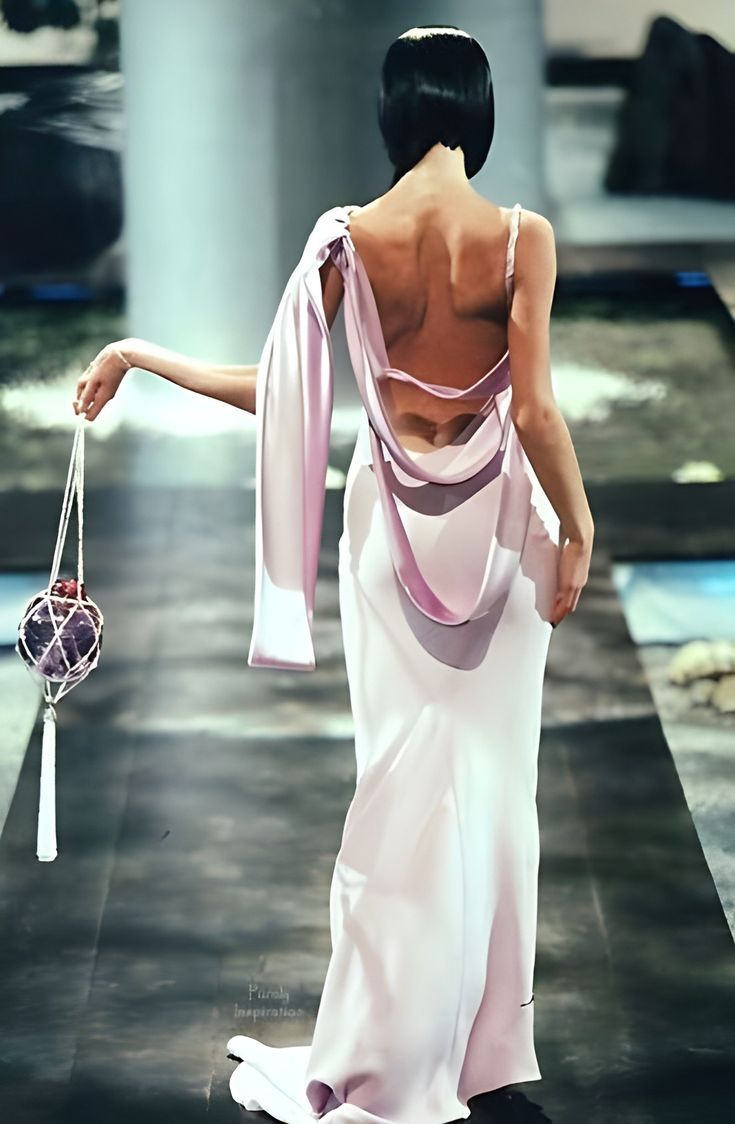
The global fashion world also shows that this issue is not new. Many major fashion houses, such as Dior, Chanel, and Balenciaga, often draw from their own archives or from previous fashion eras. Some even release collections that look similar to designs from decades ago. Fashion schools also encourage students to study older works, analyse runway history, and use references when building new concepts. Even in fashion history, earlier collections continue to shape today’s designs. For example, Alexander McQueen’s 1990s shows still inspire many new-age designers. All of this shows that inspiration is widely accepted within the industry.
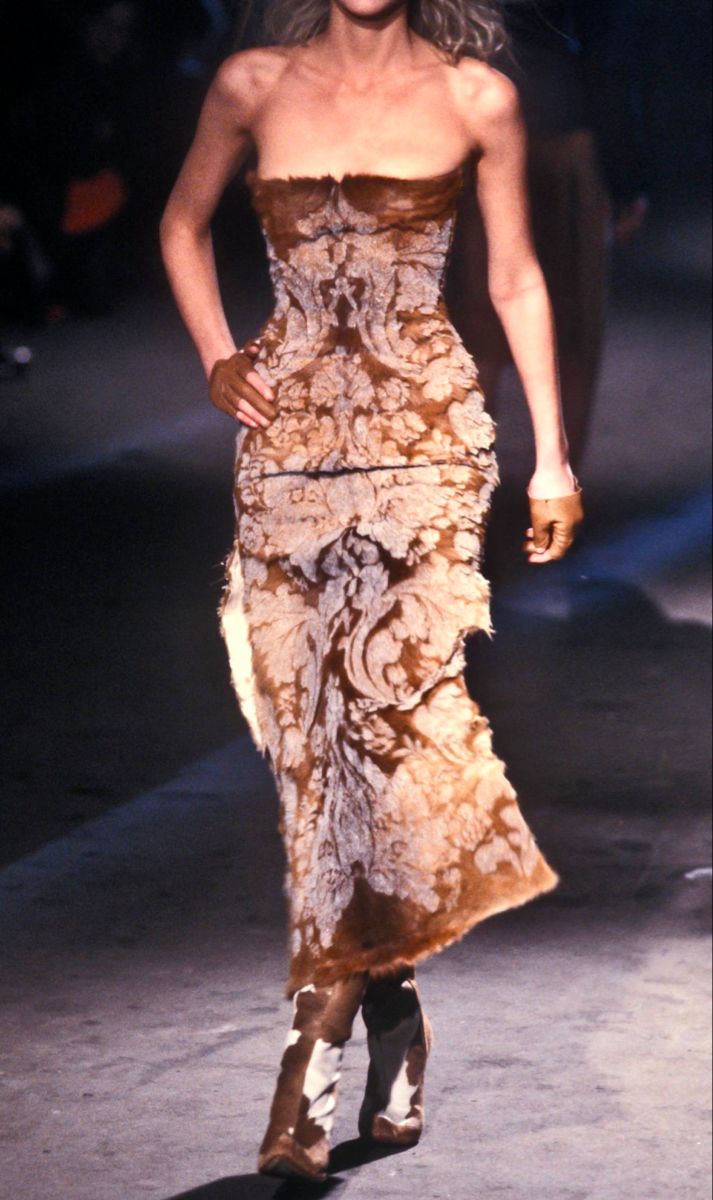
In Nigeria, it is common for customers to go to tailors with screenshots and ask them to “sew exactly this.” Designers regularly complain that their work is copied by tailors or smaller brands offering cheaper versions. While some customers say they cannot afford designer prices, designers argue that imitation damages their creativity and affects their business. This tension has made the conversation around originality even stronger.
For a designer like Tubo, who invests heavily in her brand identity, protecting her work is understandably important. Original pieces take time, skill, and money to produce. When copies appear immediately after a new collection drops, it becomes harder to maintain the value of the original design. This is why Tubo continues to emphasise intellectual property protection.
However, people still argue that complete originality may not be possible, especially in an age where designers across the world are exposed to the same online images. Platforms like Pinterest, Instagram, and TikTok create global trends that influence people at the same time. Two designers in different parts of the world can create similar pieces without copying each other.
So, do new designs still exist? Some say yes, but they are often based on existing ideas. Others believe designers simply give new life to old silhouettes. What makes a design feel new is usually the details: the choice of fabric, the way the dress is shaped, the construction techniques, and the designer’s personal touch.


